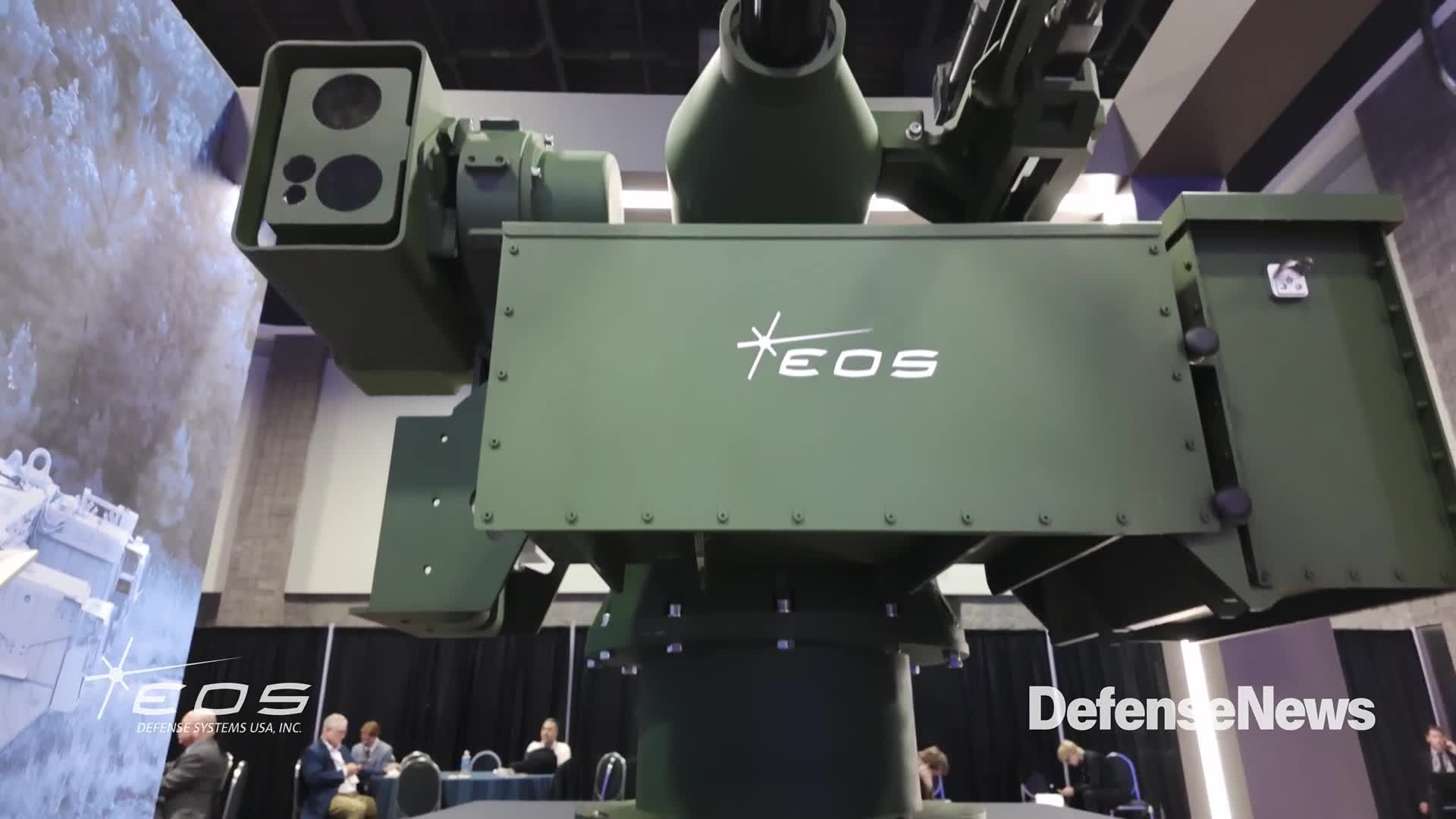The 3rd Marine Littoral Regiment — the first unit of its kind — isn’t set to reach initial operational capability until the fall. But a recent exercise, in which the 3rd MLR helped prevent a more traditional force from claiming terrain, demonstrated that it’s already an effective unit, a Marine two-star said.
“It’s not capable of everything we set out and designed, but it is a capable operational unit [that] can sense and target and operate under the stand-in force concept,” Maj. Gen. Jay Bargeron, commanding general of 3rd Marine Division, told Marine Corps Times. “We have capability today. We will have more next month, we’ll have more next year, but we have capability today.”
The Hawaii-based 3rd MLR is the first unit testing out the Marine Corps’ concept of the stand-in force — a unit positioned within a contested area that works to sense an adversary, and sometimes fire at it, while avoiding being sensed itself.
It was conceived with the potential for conflict with China clearly in mind. The littoral Marines could quietly move onto an island in a Pacific archipelago, surveil enemy forces and pass information on to U.S. aircraft, ships or submarines. They also have new capabilities to take out enemy assets themselves.
Previously called the 3rd Marine Regiment, it was redesignated as the 3rd Marine Littoral Regiment, under 3rd MARDIV in March 2022 to reflect the unit’s focus on close-to-shore operations. The Marine Corps has already announced plans for another littoral regiment to be based on Okinawa, Japan.
This was the 3rd MLR’s eighth exercise, according to a Marine news release from January. During the Rim of the Pacific exercise in summer 2022, the regiment showed off its ability to protect ships attempting to move through a strait.,
But Marine Littoral Regiment Training Exercise, as February’s exercise was called, was the first time the regiment conducted a training exercise integrated into a larger Marine air-ground task force.
The exercise was broken up into three phases.
First, units within the 3rd MLR — the combat team, the anti-air battalion and the logistics battalion — practiced technical skills as individual components.

Next, small teams of Marines spread out across bases southern California, including San Clemente Island, to practice command and control. Expeditionary advanced base operations, as these kinds of distributed, forward-positioned missions are called, comprise one of the key concepts of Force Design 2030, the Marine Corps’ modernization effort.
In the final phase, a 3rd MARDIV-led stand-in force, which included the 3rd MLR, engaged in simulated battle with enemy forces aboard Marine Corps Air Ground Combat Center Twentynine Palms. Gen. David Berger, the Marine commandant, attended that portion of the exercise, as The New York Times reported.
The stand-in force’s job was to defend key terrain from the so-called assault force, the rival Marine air-ground task force that included the Twentynine Palms-based 7th Marine Regiment.
The assault force was tasked with seizing three objectives. It seized none of them.
But the attacking force was operating with a critical vulnerability, Bargeron acknowledged. “They gotta come to us.”
It’s tough terrain in the desert, Bargeron said of 29 Palms, who knows the area well after previously serving as the commanding officer of 7th Marines.
“There’s some distances there that had to be covered — logistically supporting a unit like that while they’re trying to cover those distances is tough,” he said. “And every time they move, we’re looking for them. And we have ways of seeing them when they move,” namely through unmanned aerial systems.
The 3rd MLR’s long-range precision fires and short-range air defense were key parts of the effort to fend off the assault force, Bargeron added. And it helped that the stand-in force had a Marine special operations platoon that lurked near the enemy to provide data to the 3rd MLR and headquarters.
Perhaps more important than 3rd MLR’s successes, however, was how the exercise showed which areas are most in need of improvement.
The regiment needs to work on logistics, according to Bargeron, especially its ability to pull resupplies from sister services. It needs to get better at airspace command and control, he added. And it needs to link up its sensors with each other and with the joint force.
Bargeron stressed that the stand-in force has to improve its ability to communicate with the intermediate headquarters, which performs command and control for the force and integrates with the fleet headquarters.
“So, basically, how to work together,” Bargeron said. “We haven’t done that in this way in a while at this scale.”
Next up for the 3rd MLR is Balikatan 2023, a joint exercise between the U.S. and Philippine militaries in April.
Irene Loewenson is a staff reporter for Marine Corps Times. She joined Military Times as an editorial fellow in August 2022. She is a graduate of Williams College, where she was the editor-in-chief of the student newspaper.








